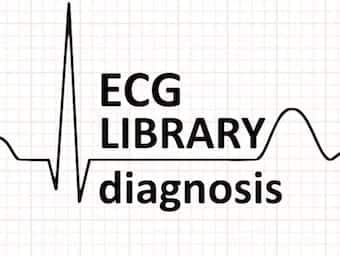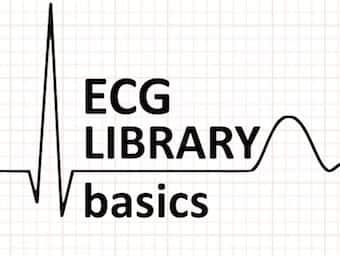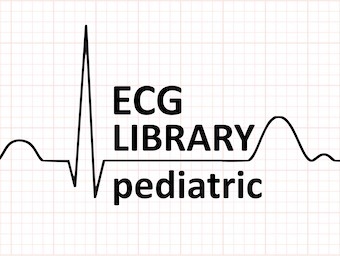
Apical hypertrophic cardiomyopathy (AHC)
Yamaguchi syndrome: Apical hypertrophic cardiomyopathy (AHC) Hypertrophic non-obstructive cardiomyopathy with giant negative T waves

Yamaguchi syndrome: Apical hypertrophic cardiomyopathy (AHC) Hypertrophic non-obstructive cardiomyopathy with giant negative T waves

In patients with AF and pre-excitation, the presence of an accessory pathway allows for rapid AV conduction, with a risk of degeneration into VT and VF

Tachyarrhythmia that occurs in patients with accessory pathways, due to formation of a re-entry circuit between the AV node and accessory pathway

First reported by de Winter in 2008, the de Winter ECG pattern is an anterior STEMI equivalent that presents without obvious ST segment elevation

A review of common arrhythmias seen in the paediatric population, with a focus on SVT and WPW

Stepwise assessment of the paediatric ECG, including rhythm, rate, axis, intervals, ST segments and Q/P/T/U waves

A review of the paediatric ECG lead placement, in particular the use of V4R in children under five years of age

A review of the normal ECG findings and variants in paediatric patients of differing age groups

Takotsubo Cardiomyopathy (TCM) is a transient wall motion abnormality of the left ventricular apex associated with severe emotional or physical stress that usually resolves completely

Hypokalaemia causes typical ECG changes of widespread ST depression, T wave inversion, and prominent U waves, predisposing to malignant ventricular arrhythmias
EM attendings are generally faster and more accurate at ECG interpretation than residents and medical students. But how are they able to process this information so much quicker while maintaining accuracy?

Wolff-Parkinson-White (WPW) Syndrome is a combination of the presence of a congenital accessory pathway and episodes of tachyarrhythmias